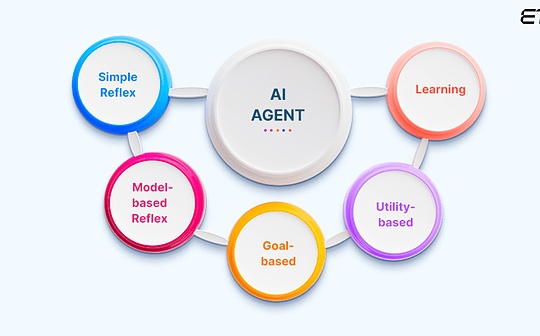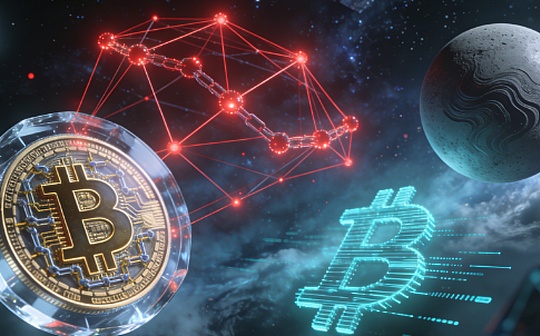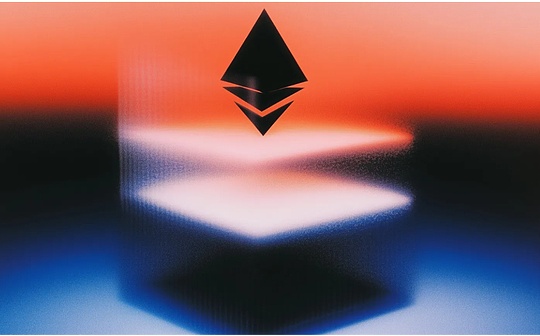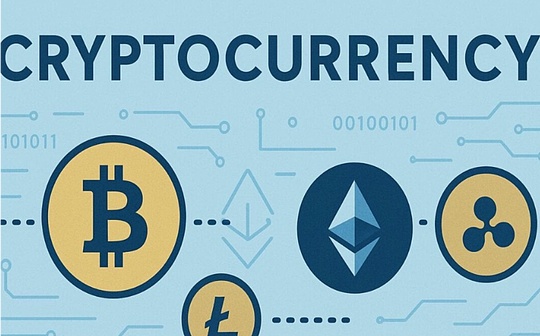
Author: Revc, Bitchain Vision
The combination of artificial intelligence (AI) and blockchain (Web3) is becoming an important trend, especially in the application of AI agents.AI agents realize autonomous operations in the blockchain through perception, learning and performing tasks, giving them the potential to gradually transform from tools of economic activities into independent economic entities.However, it is still controversial whether the current AI Agent should focus on AI development at the application layer rather than the infrastructure layer.
This article will analyze the potential and current limitations of the integration of Web3 with AI from multiple perspectives such as productivity development, production relations coordination, model training costs, and incentive mechanisms, and explore how AI Agent moves to a broader AI economy.
1. Infrastructure limitations of Web3
1.1 Productivity and model training cost
AI model training is highly dependent on computing resources (computing power) and high-quality data, while Web3’s decentralized features make resource integration difficult.
– Computing Power Limits: Decentralized computing power platforms (such as DePIN) try to use idle computing power to provide distributed support, but their efficiency and scale are still far lower than centralized platforms (such as AWS and Azure).
– Data cost and quality: On-chain data is not enough to support large-scale AI training, and the decentralized data annotation and coordination efficiency is lower than that of traditional centralized platforms.
– Hardware dependence: The production capacity of leading hardware suppliers such as Nvidia is almost monopolized by companies such as OpenAI and XAI, and it is difficult for Web3 infrastructure to enter this track.
1.2 Coordination cost of production relations
The core of a decentralized system is fairness and transparency, but complex coordination mechanisms often increase decision-making costs.
– The design of incentive mechanisms is complex: how to price the data and computing power contributed by users and how to allocate rewards. These problems are far from mature in Web3.
– Low coordination efficiency: Compared with centralized enterprises, Web3 organizations are slow to respond and inefficient due to their dispersion, making it difficult to adapt to rapidly changing AI needs.
2. Advantages and potential of Web3 in the application layer
2.1 Exploration of the application of AI Agent
AI Agent has clearer use cases and profit model in the application layer of Web3:
– Personalized scenarios: AI Agent can be customized through Web3 technology, such as decentralized finance (DeFi) assistant, on-chain game interaction, etc.
– MEME Communication and Community Driven: AI Agent combines with MEME economy to enhance community participation and enhance project influence through creative narrative and social interaction.
– Autonomy and transparency: Web3 empowers AI Agent to digital identity and autonomous asset management capabilities, enhancing its trust among users.
2.2 Economic incentives and user growth
Web3 lowers the barrier to user entry through tokenization model:
– Wealth effect: Token issuance attracts a large amount of speculative funds and user participation.
– User participation and co-construction: Users are not only consumers, but also token holders and community participants. This model increases user stickiness.
3. Challenges and transition paths for AI Agent toward AI economies
3.1 Existing bubbles: AI+encrypted MEME
At present, many AI Agent-related projects are only in the issuance and MEME dissemination stages, and their functions and actual implementation capabilities are limited.
– Lack of revolutionary features: Many AI Agents cannot go beyond simple interactions or content generation and fail to solve user pain points.
– Data and model shortage: AI Agent still relies heavily on Web2’s model training infrastructure and has not formed an autonomous ecosystem.
AI Agent requires at least a clear iteration path, including:
– Diversity of data model selection (currently relies on Web2 infrastructure)
– Data source and training evaluation mechanism involving tokenized incentives and rewards for users
– Dynamic adjustment mechanism for rewards based on market changes (revenue)
– The mechanism for establishing product form and AI values
– The quantitative evaluation mechanism of the economy, dynamic adjustment mechanism involving operation and development directions
– Iterative governance mechanism based on market feedback
If AI Agent cannot obtain support from these mechanisms, the heat brought by bull market and MEME may not be sustainable.The rapid growth of the market requires refined operations to consolidate the foundation of the 100 billion dollar track.At present, the mechanism and product form of AI Agent are still in its infancy, but some professional AI startups, such as UBC and the updated ELIZA, have begun to promote the upgrade of the track.

3.2 Transition path: From lightweight applications to infrastructure
AI Agent can start from the lightweight application of Web3 and gradually expand to more complex economic activities:
– Drive user growth with application scenarios: Prioritize the development of highly targeted and easy-to-promote application scenarios (such as virtual assistants, automatic trading tools).
– Integrate the communication effect of MEME economy: use MEME culture to promote project communication and community construction.
– Gradually build infrastructure capabilities: explore the feasibility of underlying facilities through distributed storage, decentralized annotation and computing power integration.
– Achieve economic independence and ecological autonomy: Grant AI Agent the ability to make independent decisions and governance, so that it can gradually transition to AI economy.
4. Comparison between AI Agent and Web2: Advantages and Disadvantages
Web2’s centralized AI platform is efficient in resource integration, market response and technology research and development, while Web3’s decentralized AI platform emphasizes user data autonomy and diversified innovation.

5. AI Agent is currently suitable for the application layer, and there are still bottlenecks in infrastructure construction
At present, AI is more suitable for focusing on the exploration of the application layer rather than infrastructure construction in the Web3 field.The decentralized nature of Web3 gives AI Agent greater autonomy and economic participation, but it is inferior to Web2’s centralized platform in terms of resource integration, efficiency and coordination.
If AI Agent wants to move towards a more comprehensive AI economy, it needs to start with lightweight applications, and evolve a unique product form with the unique Web3 community atmosphere, combining MEME driving forces to gradually accumulate users and resources, and at the same time explore the foundation of decentralization.Improved feasibility and efficiency of facilities.The integration of Web3 and AI is still in its early stages, and its future development will depend on the continuous driving of technological innovation and user needs.
summary
Although AI Agent has initially achieved certain results in the development of Web3, it still faces many challenges, especially in infrastructure construction, resource integration and model training costs.To achieve the successful transition of AI Agent into an AI economy, the industry must gradually improve its decentralized infrastructure, optimize incentive mechanisms, and clearly convey its iteration path to ensure market and community recognition and support.
The combination of AI and Web3 has great potential. In the future, AI Agent is expected to become a core component of the Web3 ecosystem and promote the vigorous development and growth of decentralized economies.








